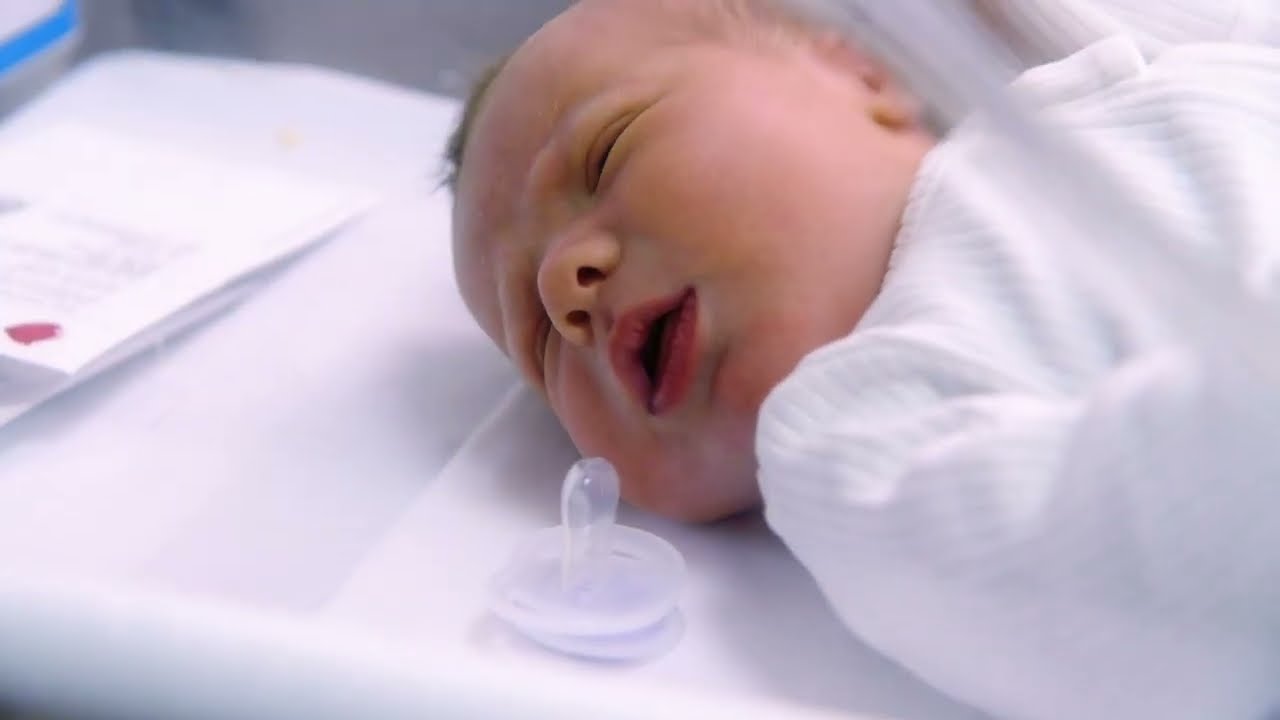Neonatal Respiratory Distress Testing in Veterinary Practice
The testing of neonatal respiratory distress is a critical aspect of ensuring the health and well-being of newborn animals. This service focuses on identifying potential issues early, thus enabling timely intervention and improving survival rates. Neonatal respiratory distress syndrome (NRDS) can be caused by a variety of factors including immaturity of the lungs, infection, or other complications during birth.
Our testing methodology ensures that each sample is handled with care and precision to yield accurate results. The process begins with thorough specimen preparation which includes ensuring that the sample is free from contaminants and is representative of the condition being tested for. Post-preparation, the samples are subjected to a series of analyses designed to identify any signs of respiratory distress.
The primary tools used in this testing include advanced imaging technologies such as X-rays or CT scans, which provide detailed insights into lung structure and function. Additionally, we utilize specialized biochemistry tests that measure specific biomarkers indicative of NRDS. These tests are critical in diagnosing the condition accurately before it progresses to a more severe stage.
Our laboratory adheres strictly to international standards such as ISO/IEC 17025 for ensuring that all procedures and practices meet rigorous quality control measures. This commitment ensures reliability and accuracy, which is paramount when dealing with such a sensitive issue as neonatal health.
The importance of early detection cannot be overstated; it can mean the difference between life and death for some newborn animals. By providing this service, we are contributing significantly to the welfare of these vulnerable creatures by helping veterinarians make informed decisions regarding treatment plans.
| Stage | Test Methodologies | Tools Used |
|---|---|---|
| Initial Screening | Biochemical tests for biomarkers | Automated analyzers, centrifuges |
| Advanced Imaging | X-rays or CT scans | Digital imaging systems |
The detailed analysis provided by these methods allows for precise diagnosis and treatment planning. It is our goal to ensure that every step in the process contributes towards better outcomes for the animals under our care.
Scope and Methodology
- Thorough specimen preparation ensuring sample integrity
- Biochemical tests to identify specific biomarkers
- Advanced imaging techniques such as X-rays or CT scans
- Compliance with ISO/IEC 17025 standards for quality assurance
The scope of this service encompasses not just the technical aspects but also ensuring that every interaction is compassionate and supportive. Our team works closely with veterinarians to understand individual cases better, tailoring our approach to meet specific needs.
Benefits
Accurate diagnosis through early screening leads to more effective treatments. This reduces the likelihood of complications developing into serious conditions that could otherwise be life-threatening for young animals. Early intervention also helps in minimizing stress on both the animal and its caretakers, leading to a smoother recovery process.
The use of advanced technologies ensures that we stay at the forefront of medical advancements, allowing us to offer more comprehensive care options. This contributes significantly to improving overall veterinary practice standards across various species.
Environmental and Sustainability Contributions
- Use of energy-efficient imaging systems reducing power consumption
- Eco-friendly reagents that minimize waste generation during testing processes
- Recycling practices for disposable laboratory items
- Continuous training programs focused on sustainable laboratory operations
Beyond just providing diagnostic services, we are committed to environmental stewardship. Our efforts in reducing our carbon footprint and promoting sustainable practices reflect this commitment.





